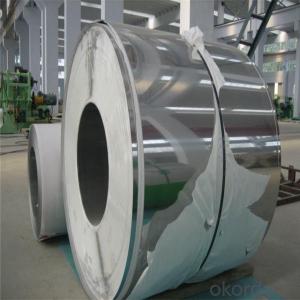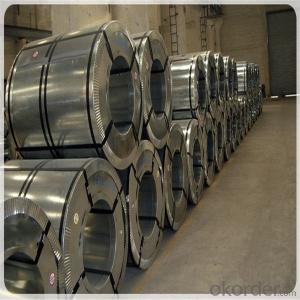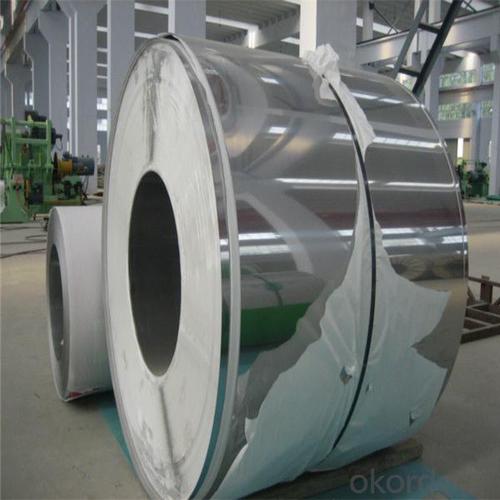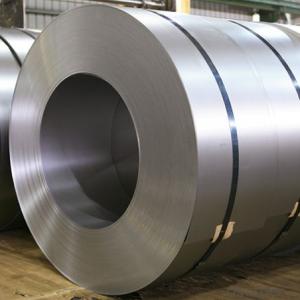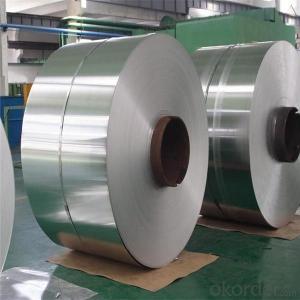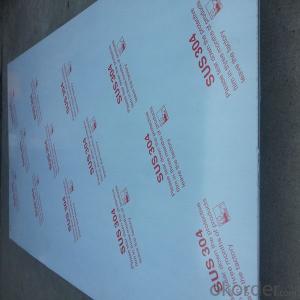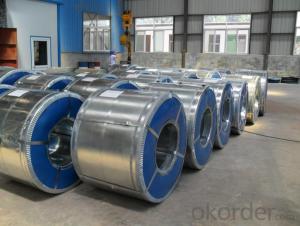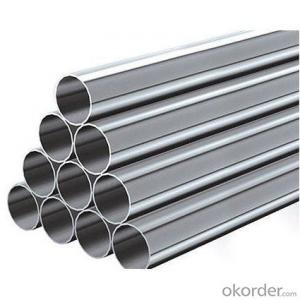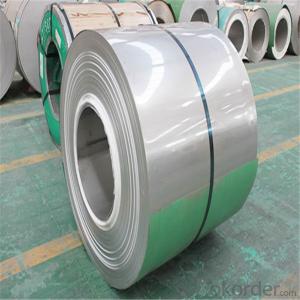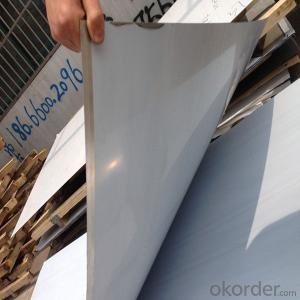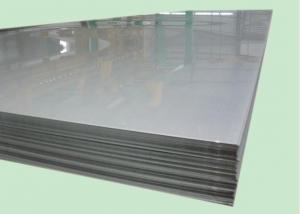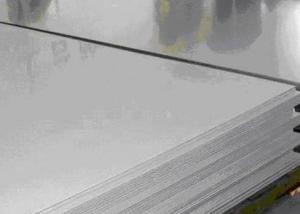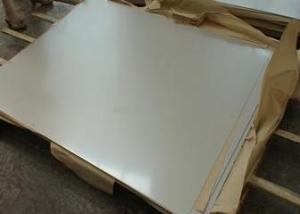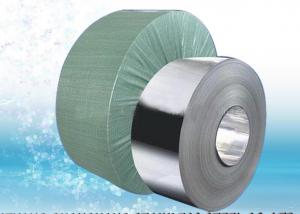Stainless Steel Coil Price Per Ton 321 Coil
- Loading Port:
- Shanghai
- Payment Terms:
- TT OR LC
- Min Order Qty:
- 2 m.t.
- Supply Capability:
- 180000 m.t./month
OKorder Service Pledge
OKorder Financial Service
You Might Also Like
Specification
stainless steel 321 coil/stainless steel coil 321
1. Detailed information
Product name | SUS321 stainless steel coil |
Specification | Thickness: Cold rolled: 0.3-3mm, Hot Rolled: 3-120mm Width: 500-2000mm Length: 1000-6000mm Customized sizes are accepted |
Standard | AISI, ASTM, EN, BS, GB, DIN, JIS, etc |
Finish | NO.1, 2B, BA, NO.3, NO.4, HL, 8K, etc |
Material | 201, 202, 304, 309S, 310S, 316, 316L, 410, 420, 430, 441, etc |
Brand Name | TISCO, BAOSTEEL, LISCO, JISCO |
Place of Origin | Jiangsu of China (Mainland) |
Technical treatment | Cold Rolled, Hot Rolled |
MOQ | 1 Metric Ton |
Port of Loading | SHANGHAI |
Terms of Delivery | FOB, CFR, CIF, CNF, EXWORK |
Terms of Payment | L/C, T/T (30% desipot) |
Packing | Standard export sea-worthy packing |
Delivery time | Within 7-15 days after recieve 30% desipot or as your requirement |
Stock | Ready in stocks |
2. Chemical composition
Grade | C ≤ | Si ≤ | Mn ≤ | P ≤ | S ≤ | Ni ≤ | Cr ≤ |
201 | 0.12 | 0.75 | 7.00 | 0.045 | 0.045 | 1.00-1.28 | 13.70-15.70 |
202 | 0.15 | 1.00 | 2.25 | 0.045 | 0.045 | 4.07-4.17 | 14.00-16.00 |
304 | 0.08 | 0.75 | 2.00 | 0.045 | 0.03 | 8.00-11.00 | 18.00-20.00 |
304L | 0.035 | 0.75 | 2.00 | 0.045 | 0.03 | 8.00-13.00 | 18.00-20.00 |
309 | 0.15 | 0.75 | 2.00 | 0.045 | 0.03 | 12.00-15.00 | 22.00-24.00 |
310S | 0.08 | 1.50 | 2.00 | 0.045 | 0.03 | 19.00-22.00 | 24.00-26.00 |
316 | 0.08 | 1.00 | 2.00 | 0.045 | 0.03 | 10.00-14.00 | 16.00-18.00 |
316L | 0.035 | 0.75 | 2.00 | 0.045 | 0.03 | 10.00-15.00 | 16.00-18.00 |
321 | 0.04-0.10 | 0.75 | 2.00 | 0.045 | 0.03 | 9.00-13.00 | 17.00-20.00 |
405 | 0.08 | 0.75 | 1.00 | 0.045 | 0.03 | 0.06 | 11.5-13.5 |
409 | 0.089 | 1.00 | 1.00 | 0.045 | 0.05 | 0.06 | 10.50-11.75 |
410 | 0.15 | 0.75 | 1.00 | 0.045 | 0.03 | 0.06 | 11.5-13.5 |
420 | 0.16-0.25 | 1.00 | 1.00 | 0.040 | 0.03 | 0.06 | 12.00-14.00 |
430 | 0.12 | 0.75 | 1.00 | 0.045 | 0.03 | 0.06 | 16.00-18.00 |
904L | 0.02 | 1.0 | 2.00 | 0.045 | 0.03 | 23.00-28.00 | 19.00-23.00 |
3. Finishings
| Surface | Definition | Application |
| NO.1 | The surface finished by heat treatment and pickling or processes corresponding there to after hot rolling. | Chemical tank, pipe. |
| 2B | Those finished, after cold rolling, by heat treatment, pickling or other equivalent treatment and lastly by cold rolling to given appropriate luster.
| Medical equipment, Food industry, Construction material, Kitchen utensils. |
NO.3 | Those finished by polishing with No.100 to No.120 abrasives specified in JIS R6001. | Kitchen utensils, Building construction |
NO.4 | Those finished by polishing with No.150 to No.180 abrasives specified in JIS R6001. | Kitchen utensils, Building construction, Medical equipment. |
HL | Those finished polishing so as to give continuous polishing streaks by using abrasive of suitable grain size | Building Construction. |
BA | Those processed with bright heat treatment after cold rolling | Kitchen utensils, Electric equipment, Building construction. |
8K | Shinning like a mirror | Building construction |
4. Product shows

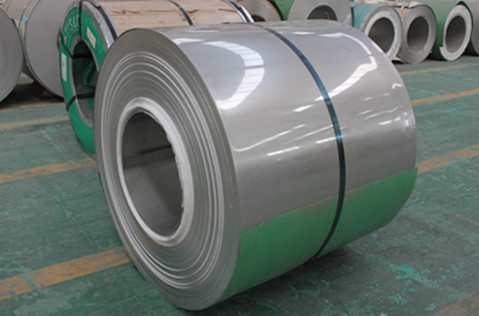
5. Application
With excellent corrosion resistance, strong impact resistance, stable quality, durable and novel structure and beautiful appearance, 321 stainless steel coil are widely used in architecture,construction, building structures, kitchenware, hardware, cutlery, tableware, surgical instruments,chemical, petroleum,sculpt.
6. Workshop
We can guarantee that our 321 stainless steel coil are always competitive, because we have advanced equipment, reliable service principle, scientific management and powerful research team.
7. Packaging&Transportation
We wrap the stainless steel products with outer packaging(edgeboard and wood footplate) and inner packaging (corrugated board or customized).
- Q: Are stainless steel strips suitable for automotive exhaust systems?
- Automotive exhaust systems can benefit greatly from the use of stainless steel strips. This material is known for its durability and ability to resist corrosion, making it an excellent choice for this specific application. The exhaust system is constantly exposed to high temperatures, moisture, and corrosive gases, which stainless steel can effectively withstand. Moreover, stainless steel strips offer exceptional heat resistance, enabling the exhaust system to endure the extreme temperatures generated by the engine. In addition to this, stainless steel's corrosion resistance properties contribute to the longevity of the exhaust system by preventing rust and deterioration. The versatility of stainless steel strips also allows for easy formation and welding, facilitating seamless construction and customization of the exhaust system. In summary, stainless steel strips are a dependable and long-lasting option for automotive exhaust systems.
- Q: What's the difference between stainless steel coil and stainless steel plate?
- One is a coil and the other is a strip.
- Q: Are stainless steel strips recyclable?
- Yes, stainless steel strips are recyclable. Stainless steel is a highly valuable and versatile material that can be recycled repeatedly without losing its properties. The recycling process involves melting down the stainless steel strips and transforming them into new products. This not only helps in conserving natural resources but also reduces the environmental impact of mining and manufacturing new stainless steel. Recycling stainless steel strips is a sustainable and responsible approach that contributes to a circular economy.
- Q: What are the advantages of using stainless steel strips in the automotive industry?
- There are several advantages of using stainless steel strips in the automotive industry. Firstly, stainless steel is known for its high strength and durability. It offers excellent resistance to corrosion, heat, and wear, making it suitable for various automotive applications. Stainless steel strips can withstand harsh environments, such as extreme temperatures and exposure to chemicals, without losing their structural integrity. This longevity ensures that automotive components made from stainless steel strips have a longer lifespan, reducing the need for frequent replacements and increasing overall efficiency. Secondly, stainless steel strips have a high aesthetic appeal. With their sleek and shiny appearance, stainless steel strips can enhance the overall visual appeal of automotive parts. This is particularly important in the automotive industry, where aesthetics play a crucial role in attracting customers. Moreover, stainless steel strips are highly formable and can be easily shaped into different sizes and dimensions. This flexibility allows manufacturers to create intricate and custom-designed automotive components, meeting the specific requirements of various vehicle models. Additionally, stainless steel strips can be easily welded, allowing for seamless integration in automotive structures. Another advantage of stainless steel strips is their excellent resistance to impact and vibration. This makes them ideal for use in the automotive industry where components are subject to constant stress and movement. Stainless steel strips can absorb shocks and vibrations, reducing the risk of damage to critical automotive parts and ensuring the safety of drivers and passengers. Furthermore, stainless steel is a sustainable and eco-friendly material. It is 100% recyclable, making it an environmentally responsible choice for the automotive industry. By using stainless steel strips, manufacturers can contribute to reducing waste and conserving natural resources. In conclusion, the advantages of using stainless steel strips in the automotive industry are numerous. From its high strength and durability to its aesthetic appeal and formability, stainless steel offers a range of benefits that enhance the performance and efficiency of automotive components. Its resistance to corrosion, impact, and vibration, along with its sustainability, make it a reliable and eco-friendly choice for the automotive industry.
- Q: Can stainless steel strips be used in the food processing equipment industry?
- Yes, stainless steel strips can be used in the food processing equipment industry. Stainless steel is highly resistant to corrosion, easy to clean, and has excellent hygienic properties, making it suitable for use in food processing equipment. It is commonly used for manufacturing food handling and preparation equipment, such as conveyor belts, cutting blades, mixing tanks, and storage containers.
- Q: Are stainless steel strips suitable for jewelry making?
- Indeed, stainless steel strips prove to be an ideal option for crafting jewelry. This material, known for its durability and versatility, exhibits remarkable resistance against tarnishing, rust, and corrosion, thus ensuring the longevity of the jewelry. Moreover, stainless steel possesses hypoallergenic properties, rendering it suitable for individuals with sensitive skin or allergies to metals. The flexibility of stainless steel strips facilitates their manipulation into diverse jewelry designs, encompassing rings, bracelets, necklaces, and earrings. Furthermore, stainless steel frequently serves as a cost-effective substitute for pricier metals such as silver or gold, enabling those with a desire for high-quality jewelry to acquire it at a more affordable price.
- Q: Can stainless steel strips be used in the pulp and paper industry?
- Yes, stainless steel strips can be used in the pulp and paper industry. Stainless steel is a versatile and corrosion-resistant material that is highly suitable for various industrial applications, including the pulp and paper industry. Stainless steel strips can be utilized in the production of various components and equipment used in pulp and paper manufacturing processes. They can be used for fabricating screens, filtration systems, rotary vacuum filters, and other equipment that require high strength and resistance to corrosive substances such as chemicals, acids, and moisture. The excellent corrosion resistance properties of stainless steel make it an ideal choice for the pulp and paper industry, where the presence of harsh chemicals and high humidity can cause rapid deterioration of equipment made from other materials. By using stainless steel strips, manufacturers can ensure longer equipment lifespan, reduced maintenance costs, and improved production efficiency. Furthermore, stainless steel is known for its hygienic properties, making it suitable for applications in the production of food-grade paper products. It is also easy to clean and maintain, which is crucial in industries where cleanliness and hygiene are paramount. In summary, stainless steel strips can indeed be used in the pulp and paper industry due to their corrosion resistance, strength, and hygienic properties. Their use can enhance the performance, durability, and efficiency of equipment, contributing to a more sustainable and productive manufacturing process.
- Q: Are stainless steel strips suitable for brewery equipment?
- Indeed, brewery equipment can greatly benefit from the utilization of stainless steel strips. Renowned for its impeccable corrosion resistance, durability, and hygienic attributes, stainless steel stands as a favored material choice. Such strips may be employed in crafting a multitude of brewery equipment components like fermentation tanks, brewhouses, piping, and fittings. Thanks to its remarkable resistance against rust and corrosion, the equipment remains untainted, maintaining the utmost sanitation throughout the brewing process. Furthermore, stainless steel's effortless cleaning and upkeep are of paramount importance in guaranteeing the beer's quality and consistency.
- Q: Can 111 stainless steel strips be used in cryogenic applications?
- Yes, 111 stainless steel strips can be used in cryogenic applications.
- Q: What are the factors that affect the corrosion resistance of stainless steel strips?
- The factors that affect the corrosion resistance of stainless steel strips include the composition of the stainless steel alloy, the presence of impurities or contaminants, the surface finish and condition of the strips, exposure to corrosive environments such as moisture, acids, or saltwater, and the temperature at which the stainless steel is used. Additionally, factors such as mechanical stress, pH levels, and the presence of other metals or materials in contact with the stainless steel can also impact its corrosion resistance.
Send your message to us
Stainless Steel Coil Price Per Ton 321 Coil
- Loading Port:
- Shanghai
- Payment Terms:
- TT OR LC
- Min Order Qty:
- 2 m.t.
- Supply Capability:
- 180000 m.t./month
OKorder Service Pledge
OKorder Financial Service
Similar products
Hot products
Hot Searches
Related keywords
